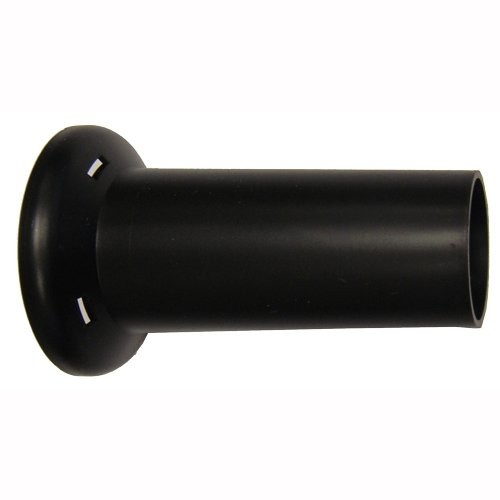Gent S4T-720 S4 SELF TEST Heat Sensor
Gent S4T-720 S4 SELF TEST Heat SensorThe GENT S4T-720 Self-Test Heat Sensor has a new IP21 external moulding new detector chamber design and a dual microprocessor PCB. This design delivers even better smoke detection and voice storage capacity. In addition the award-winning Self-Test feature allows both the heat and optical sensors within the device to be tested using the CLSS app.The Self-Test patented design performs real sensor tests by heating the heat sensing thermistor and generating real aerosol smoke to test the optical sensor. The small fan within the device gently blows the aerosol from the detection chamber through the detectors smoke entry points into the room. This method simulates a more realistic fire test than many traditional testing methods ensuring that the smoke entry points are not blocked and able to detect a real fire.Each device also incorporates Bluetooth Low Energy BLE. When activated BLE acts like a beacon in each detector that can be automatically detected by a mobile device using the CLSS app. This has many helpful features such as finding a device automatically ensuring the device details are correct and proving that an engineer has been within the visual inspection range.Key Features Enables discrete functional testing and visual inspection of the fire alarm system by reducing the engineer toolset to just a mobile device phone or tablet. No more impact on building occupiers Tests both the heat and smoke sensors by heating the thermistor and introducing small amounts of smoke into the detection chamber Gently blows the smoke out of the detection chamber and smoke entry points to ensure they are not blocked Flexible testing options allow the engineer to test in different ways single device detection zone loops panels Allows up to 6 devices to be tested at once per loop and any number of loops can be tested simultaneously making the functional testing incredibly fast Device testing is fast enough to allow up to 4 functional tests to be performed per year for the lifespan of the device Eliminates all access issues when detector testing ensuring 100 functional testing is achieved Allows the system to remain active whilst testing as each detector is only offline for 60 seconds and outputs are not generated Any fires detected outside of the devices performing Self-Test will stop the Self-Test process and operate the fire systems Cause Effect Allows the engineer to easily locate the detector using the App and BLE to check the device number label zone description and detector type Allows simple device updates to be performed through the App including the correction of inaccurate device labels and loop mapping The app and BLE handshake verifies that the engineer has been within visual inspection range Optional Inspection prompt LEDs on the device let the engineer know what Self-Test devices need to be visually inspected and will automatically turn off when the visual inspection is complete Engineers can spend more time digitally capturing non-compliance issues and advising how to resolve them. This includes any issues causing false alarms Test Fire LED option in the App allows the fire LED to be tested a pending BS5839-1 testing requirement. This feature can additionally confirm that they are inspecting the correct device The CLSS App allows the engineer to simulate a fire and test the Cause Effect logic The CLSS App also allows the Cause Effect to be triggered through a successful Self-Test operation allowing a witness test to be performed using real smoke





















